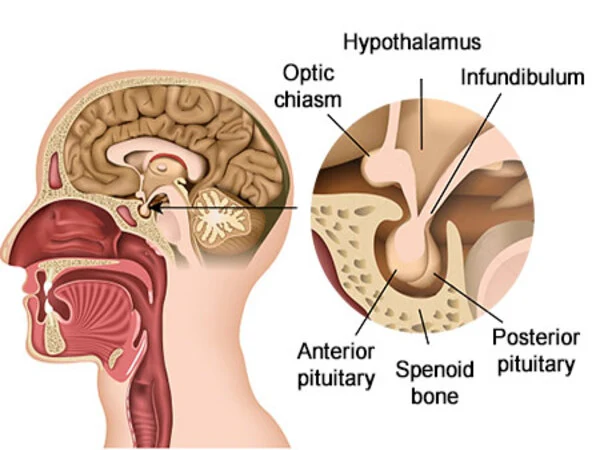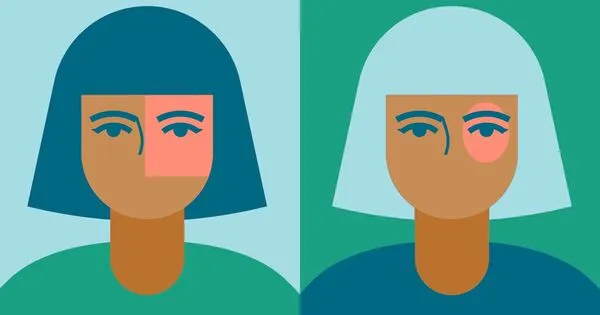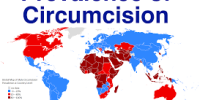When compared to other types of headaches, cluster headaches are uncommon. They cause severe pain that tends to reoccur in the same way each time. They appear in groups, or clusters, and each attack lasts approximately 1 to 3 hours on average. The occurrence frequency can range from every other day to multiple times per day. Remissions that can last months or years follow cluster periods.
While men are more likely to suffer from cluster headaches than women, a new study suggests that the disorder may be more severe in women. The study will be published in the online issue of Neurology®, the medical journal of the American Academy of Neurology, on December 21, 2022. Cluster headaches are brief but excruciating headaches that can occur for several days or even weeks in a row. The headaches can last between 15 minutes and three hours.
“Cluster headache is still frequently misdiagnosed in women, possibly because some aspects are similar to migraine,” said study author Andrea C. Belin, Ph.D., of Sweden’s Karolinska Institutet. “It is critical for physicians to understand how the disorder manifests differently in men and women so that the most effective treatment can be administered as soon as possible.”
Cluster headache is still frequently misdiagnosed in women, possibly because some aspects are similar to migraine. It is critical for physicians to understand how the disorder manifests differently in men and women so that the most effective treatment can be administered as soon as possible.
Andrea C. Belin
The study included 874 people with cluster headaches, 66% of whom were men and 34% of whom were women. Participants filled out a detailed questionnaire describing their symptoms, medications, headache triggers, and lifestyle habits.
Women were more likely to be diagnosed with chronic cluster headaches than men. Chronic cluster headache is defined as recurring cluster headache attacks for one year or more without interruption, or with short intermissions with no symptoms that last less than three months. Eighteen percent of women were diagnosed with chronic cluster headaches, compared to 9% of men.

Attacks also lasted longer for women than for men. For example, 8% of women said headache bouts lasted an average of four to seven months, compared to 5% of men, while 26% of women said bouts on average lasted less than one month, compared to 30% of men.
Women were also more likely to report that their attacks occurred at various times throughout the day than men, 74% to 63%. Women were more likely to have a family member with a history of cluster headache, 15% to 7%.
“While the ratio of men to women with cluster headache has been shifting over the years, it is still considered mainly a disorder of men, making it more difficult for women with milder symptoms to be diagnosed with cluster headache than men,” Belin said. “It’s possible this could contribute to the higher rate of chronic cluster headache in women.”
A limitation of the study was that information was reported by the participants, so they may not have remembered everything correctly.
















